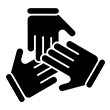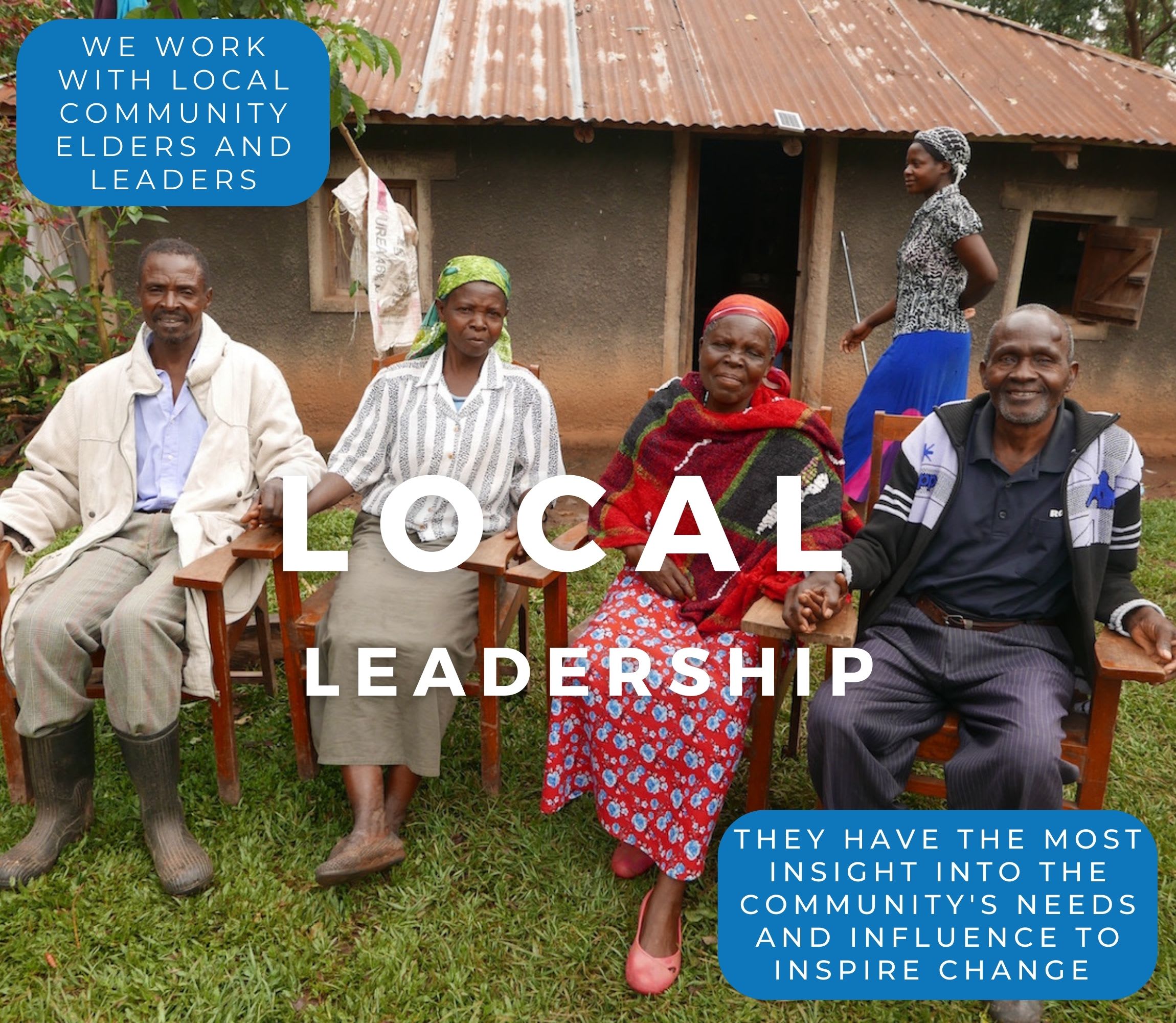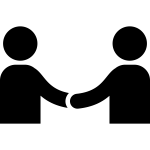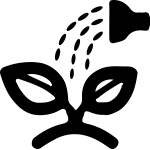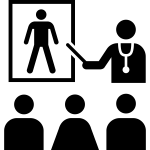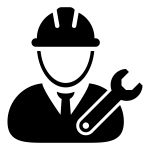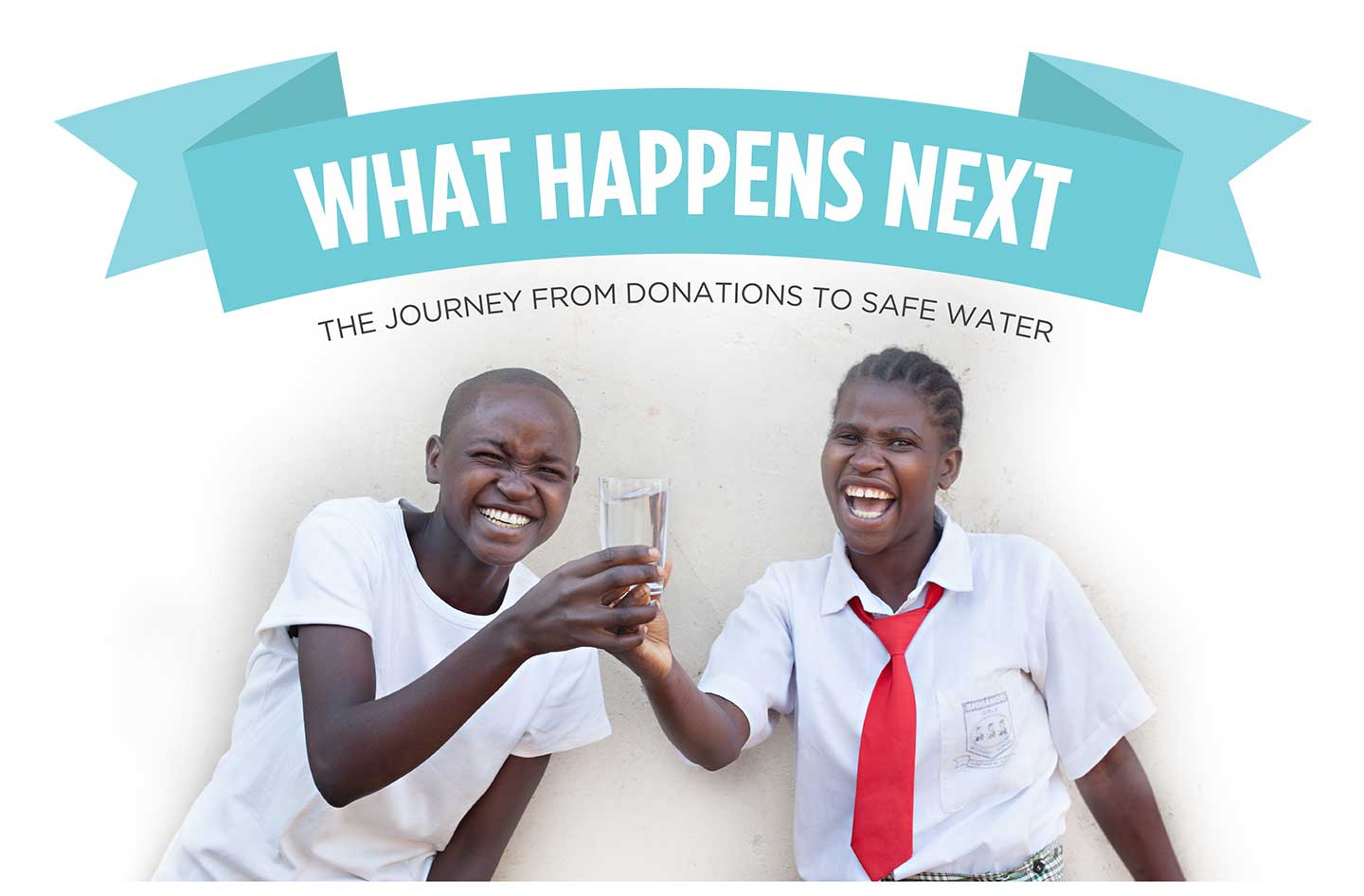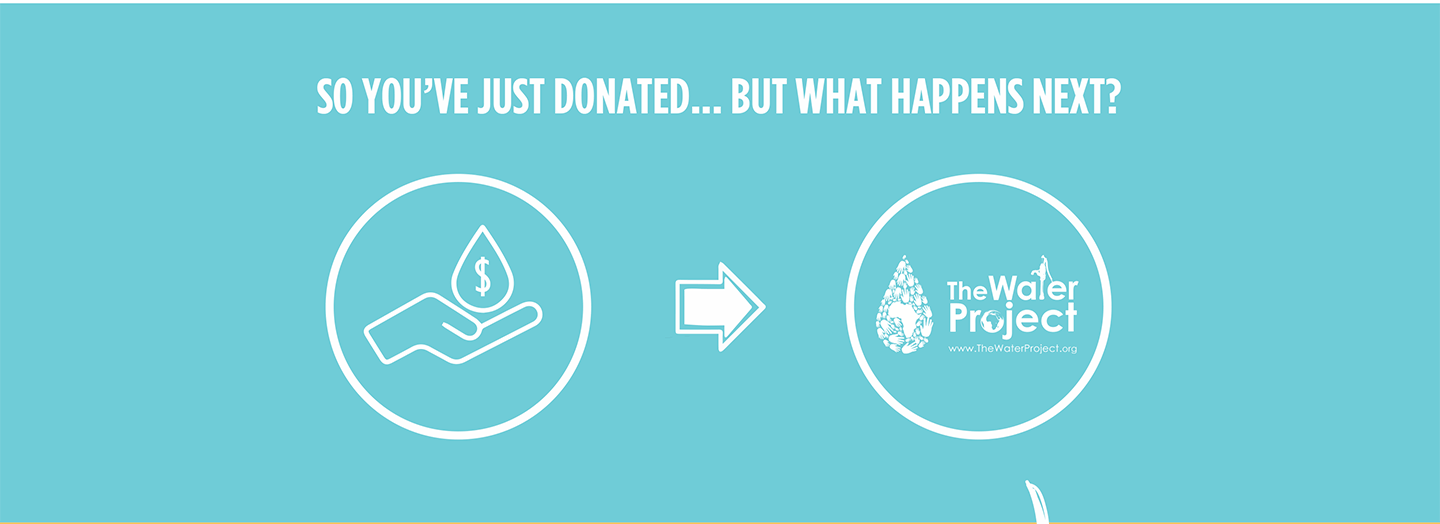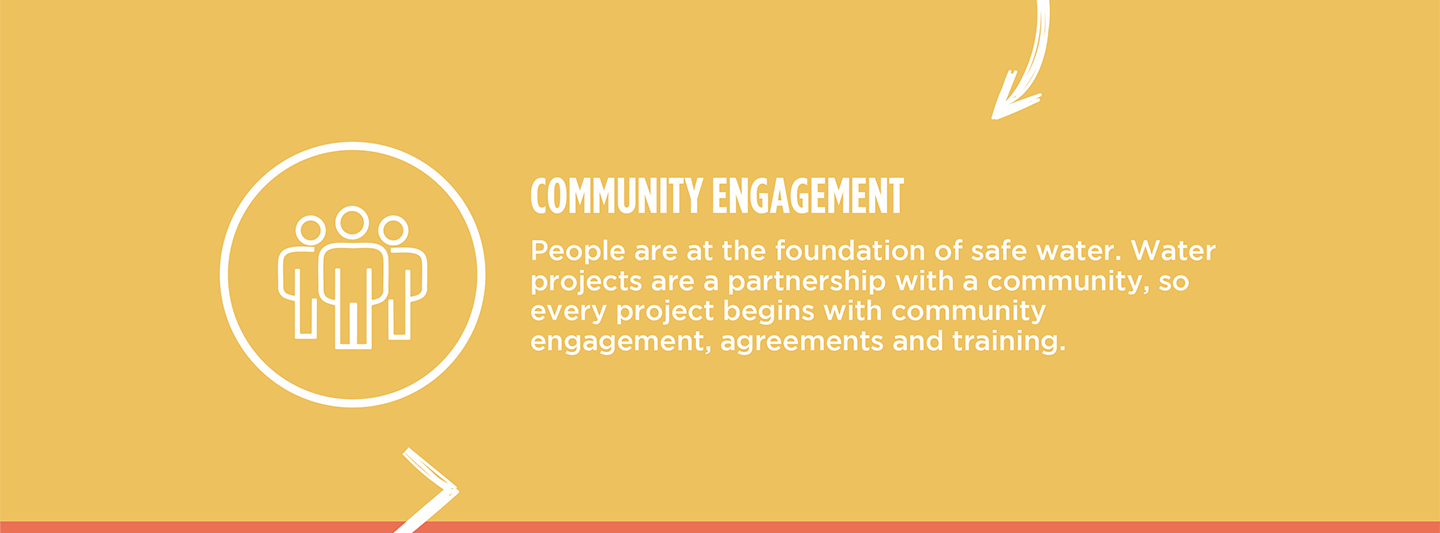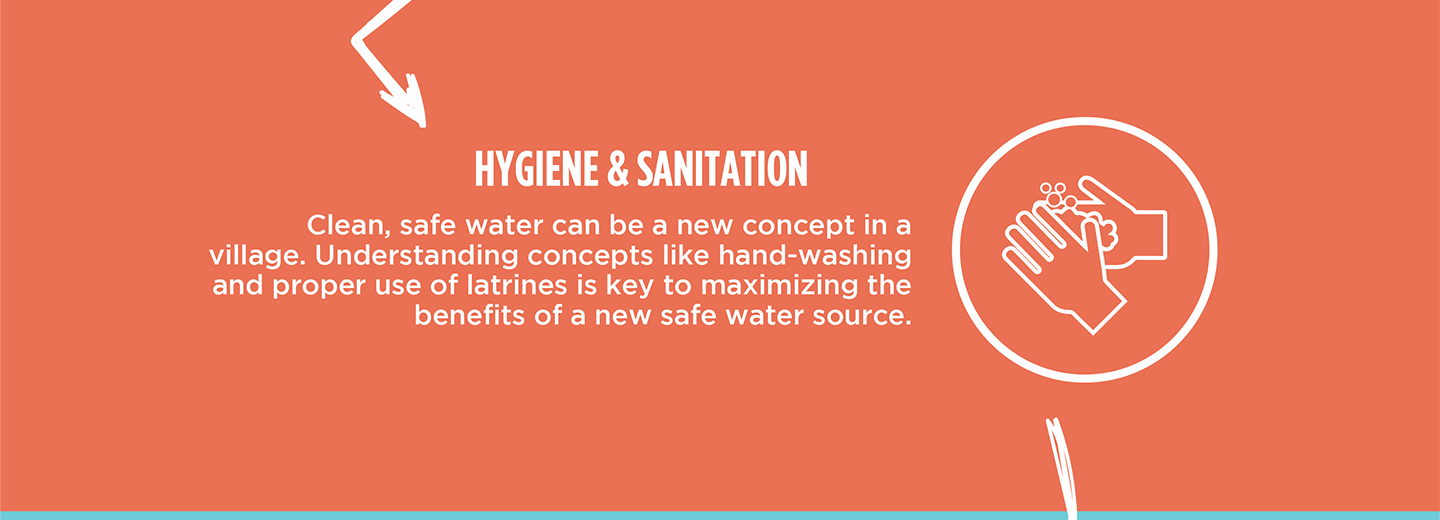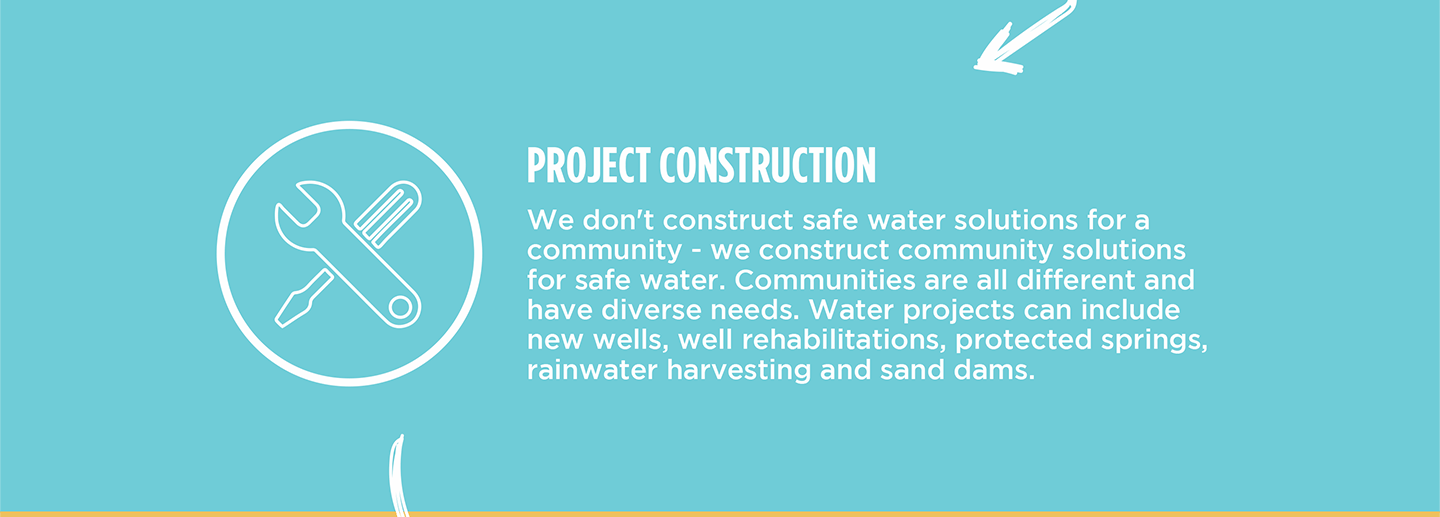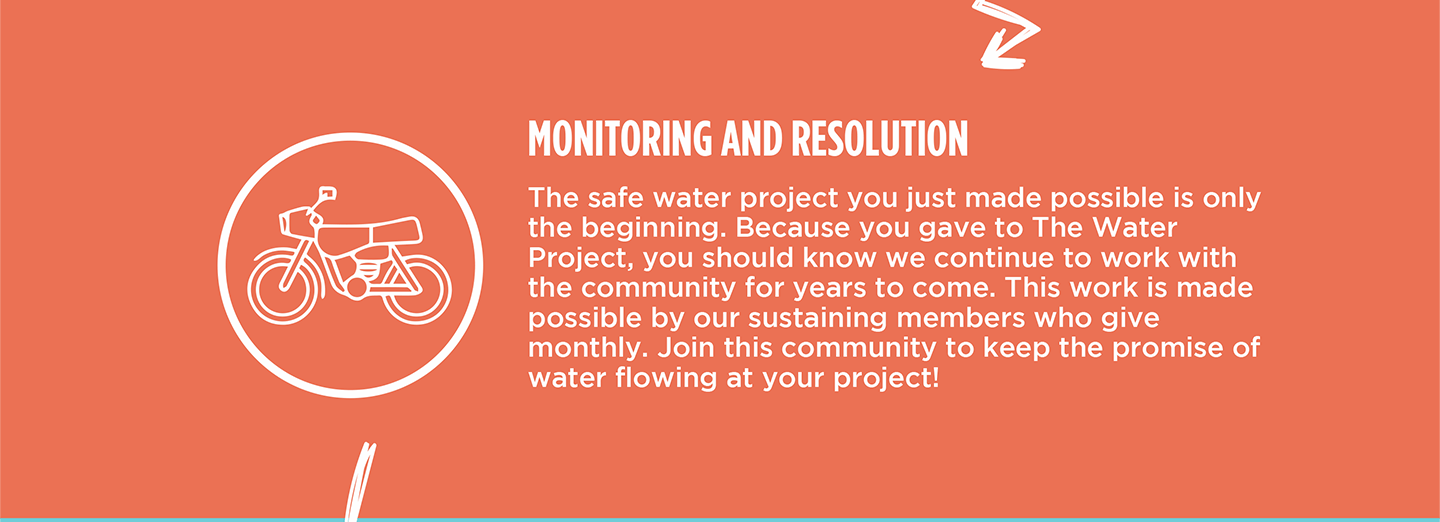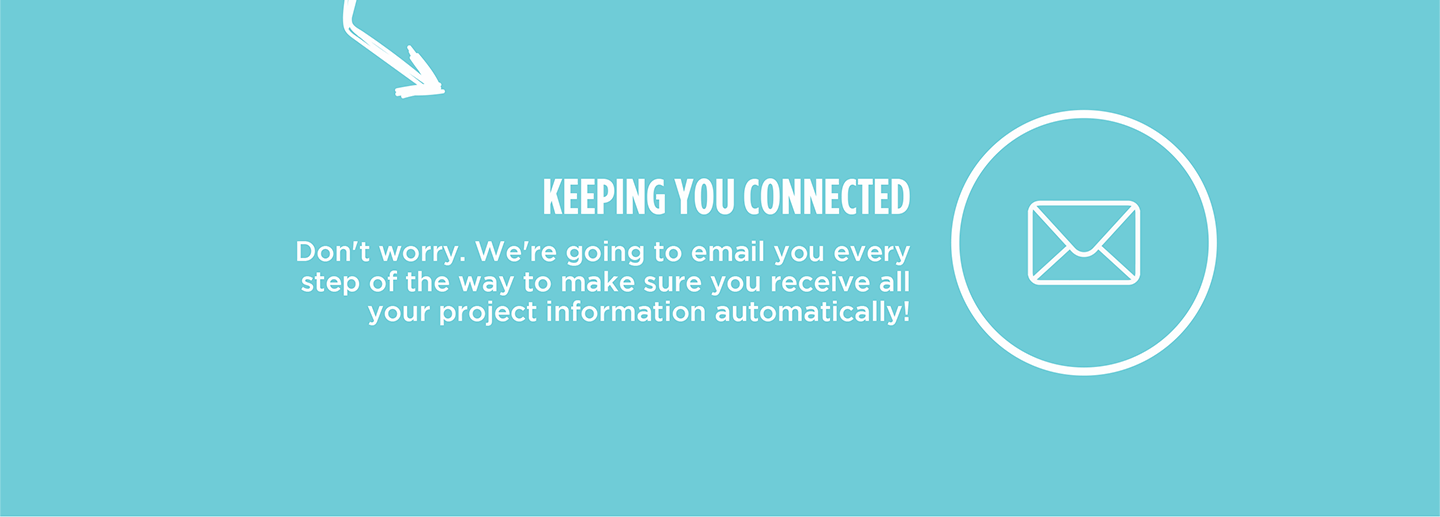In Ngungani, everyone's days revolve around water - or, really, lack of water. The long journey to the water source and water-related illnesses leave the 4,500 residents with little time for anything else.
The closest water source is a river that is seven kilometers (4.34 miles) away. In this drought-stricken, semi-arid region, the river is dry for most of the year, so rather than simply dipping their containers into a pool of water, community members must dig down to reach the brown, salty water beneath the surface of the riverbed.
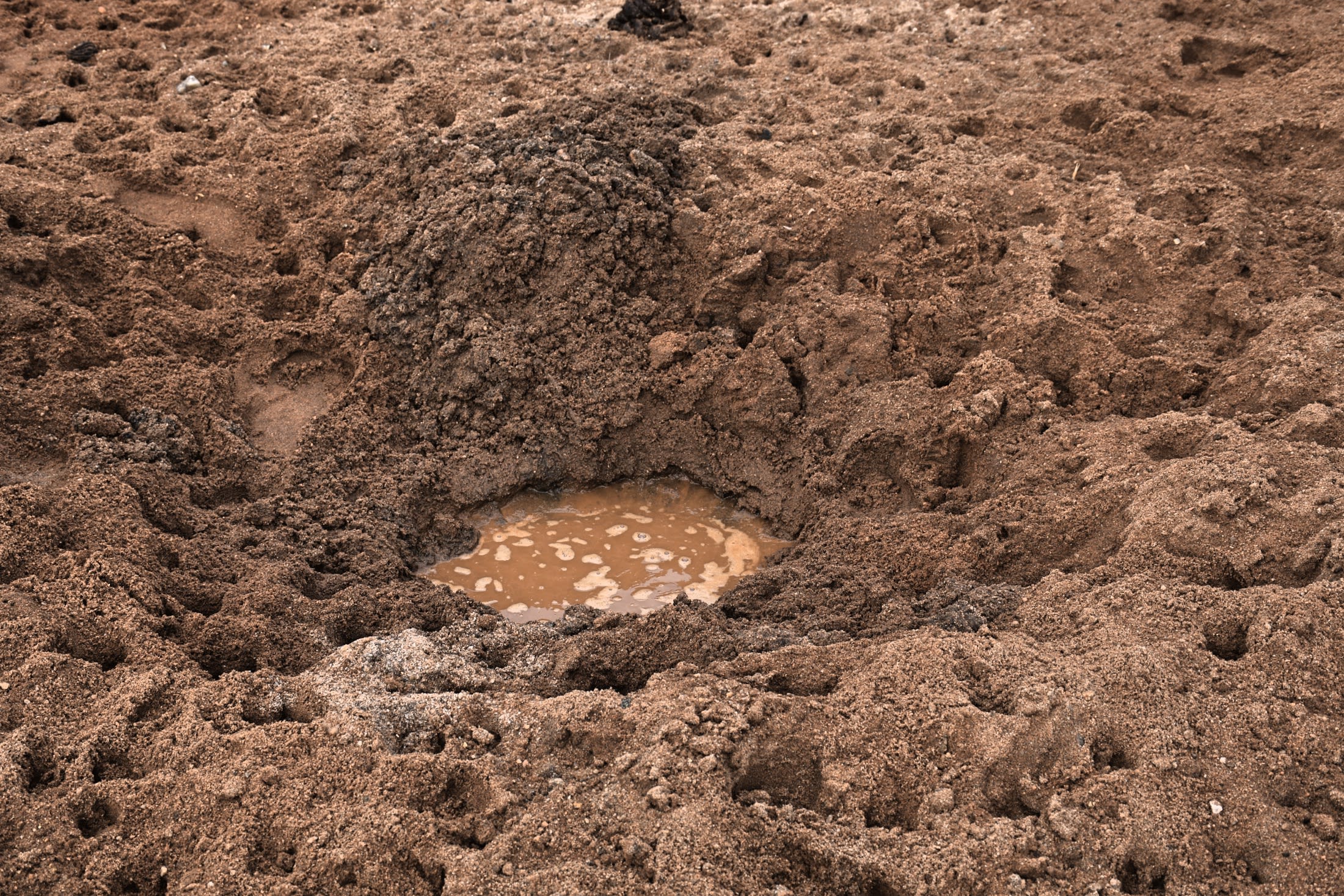
"Women and children wake up as early as four in the morning to go fetch [water] at the distant Iguini River to avoid the scorching sun and get more time to engage in activities like cooking, livestock-keeping, or land preparation," said our field officer, Alex.
If community members can afford donkeys, they load jerrycans on the animals' backs to get more than one jerrycan of water at a time. But those who can't afford any livestock walk almost nine miles just for 20 liters of water.
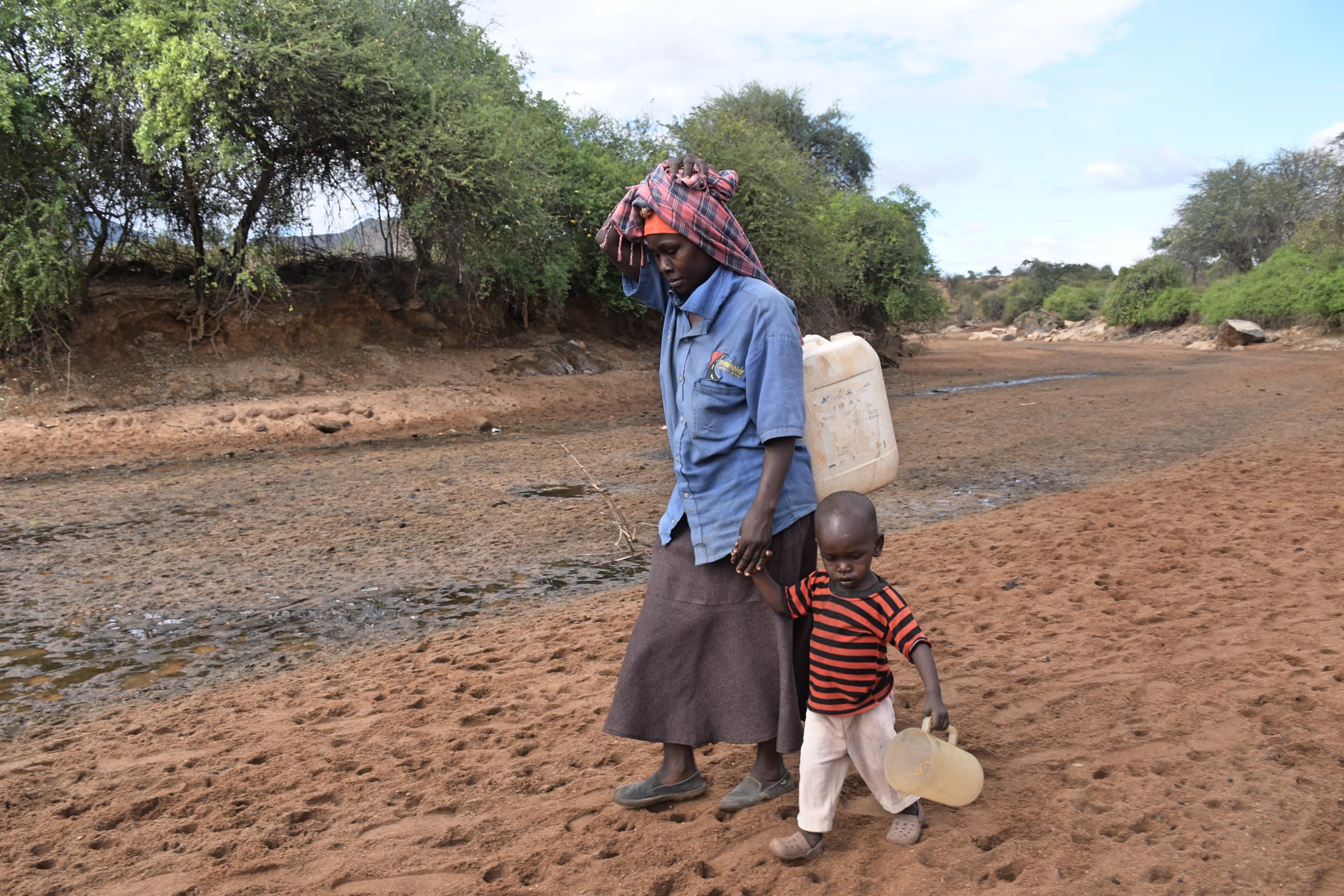
According to the World Health Organization, people drink an average of two liters of water per day, which doesn't count the amount used for personal hygiene or household tasks. In this community of farmers, it's also common for households to keep livestock if they have enough money. Every day, livestock consume roughly 20–30 liters per large or medium animal or five liters per small animal.
Within hours, that single jerrycan of water will have vanished.
As you can imagine, the lack of water makes just about everything difficult for Ngungani's residents.
"The exhaustion...leaves little energy to concentrate on farming," Alex continued. "The school-going children are also often late to class because they have to fetch water on their way to school. The current unstable and unpredictable weather and long drought have also affected the residents' farming patterns, leading to seeds rotting in the fields. Conducting personal and household hygiene and sanitation is an affair for special occasions (like Sabbath days) because water is used sparingly."
Eight-year-old Dorcas (pictured below) is one of the school-going children Alex mentioned.
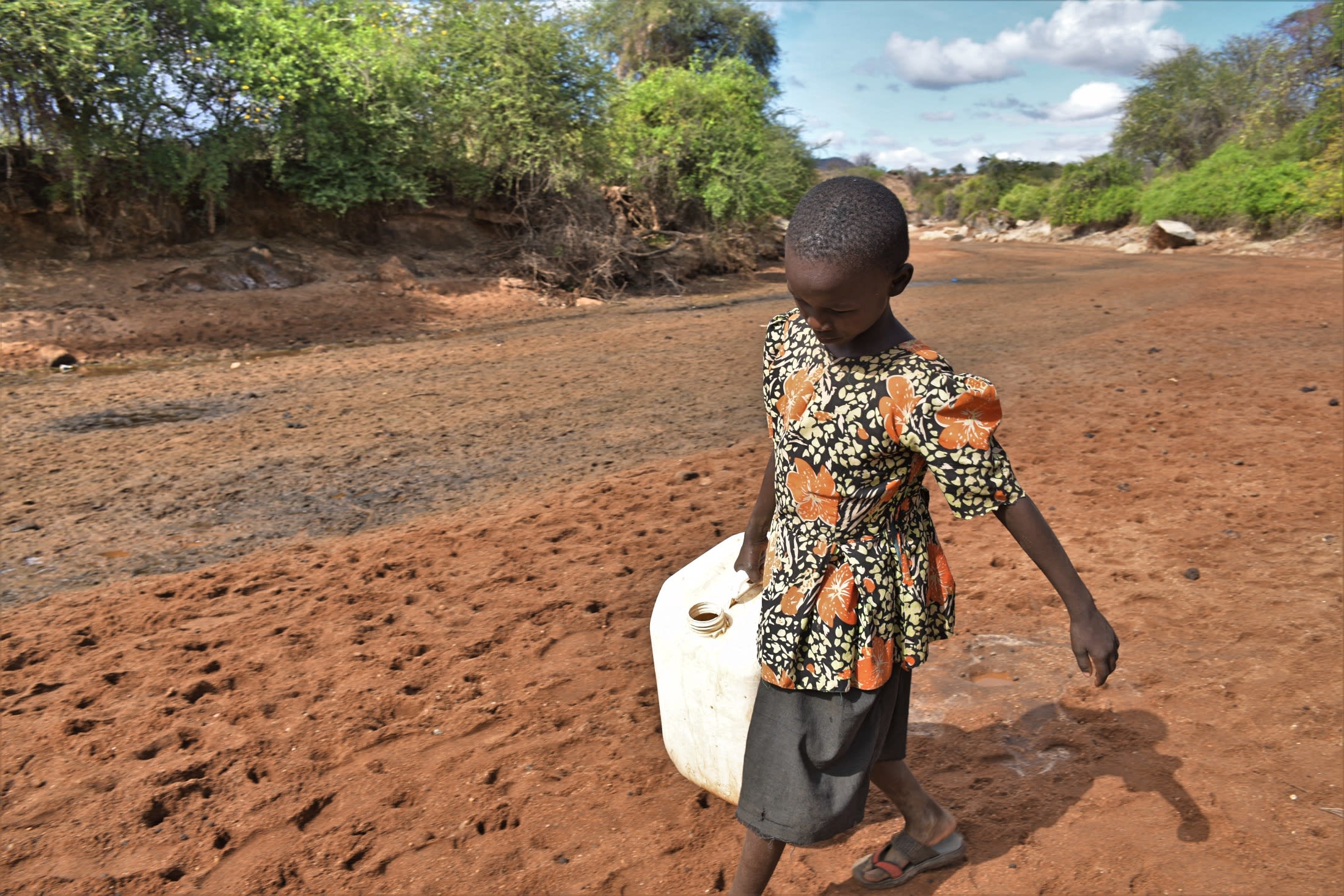
"Water at home is scarce, and when there is none, my parents cannot prepare food," Dorcas said. "We only take one or two meals per day depending on the water availability at home, and [our] farm produce. I have to bear with the thirst and sometimes forego my classes when there is no water at home. These uncomfortable conditions have contributed to my dismal academic performance in school, thus limiting opportunities [for] better careers and livelihoods."
"The hostile water crisis has made it difficult to conduct proper hygiene and sanitation (personal, dental, and household)," said 70-year-old Gabriel Kilonzo Maluki (pictured below).
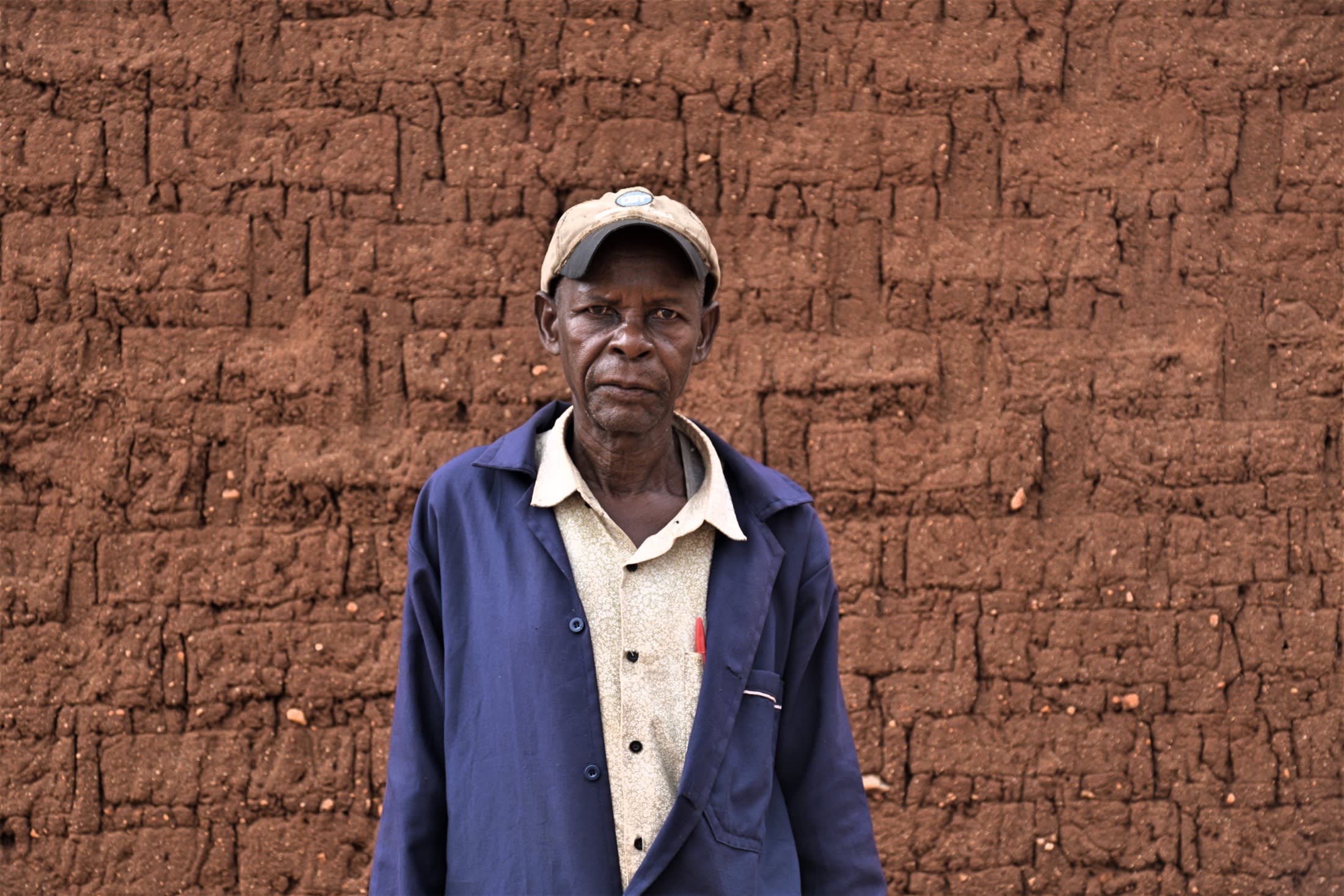
"Getting water to drink or cook is strenuous, let alone for irrigation," Gabriel continued. "I had set up a tree nursery, but most of the seedlings have succumbed to the unforgiving drought and severe water scarcity. My cattle and goats are also negatively [impacted] because there is no pasture to feed them or enough water to drink. During the previous drought season, I had to sell some of my goats at a throwaway price before they could succumb to the sore semi-arid climate."
"The proposed sand dam and shallow well project will raise the water aquifers and offer the residents clean water to drink," Alex said. "There will be enough water to irrigate the crops, offering the self-help group members food security and a source of income when they sell their farm produce to other community members. The community members will easily access the water point because it is close to their homes, and spend the extra time and energy on income-generating activities like farming. They could also make more trips and get enough water to improve household hygiene and sanitation."
What We Can Do:
Our main entry point into the community is the Self-Help Group, which comprises households working together to address water and food scarcity in their region. These members will be our hands and feet in constructing water projects and spreading the message of good hygiene and sanitation to everyone.
Sand Dam
After the community picked the ideal spot, our technical team went in and proved the viability by finding a good foundation of bedrock. Now, our engineers are busy drawing up the blueprints.
We are unified with this community to address the water shortage. As more sand dams are built, the environment will continue to transform. As the sand dams mature and build up more sand, the water tables will rise. Along with this sand dam, a hand-dug well will be installed to give community members an easy, safe way to access that water.
Building this sand dam and the well in this community will help bring clean water closer to the many people living here.
Training
These community members currently do their best to practice good hygiene and sanitation, but their severe lack of water has significantly hindered reaching their fullest potential.
We will hold hygiene and sanitation training sessions with the Self-Help Group and other community members to teach essential hygiene practices and daily habits to establish at the personal, household, and community level. This training will help to ensure that participants have the knowledge they need to make the most out of their new water point as soon as the water is flowing.
One of the most important topics we plan to cover is handling, storage, and water treatment. Having a clean water source will be extremely helpful, but it is useless if water gets contaminated when it is consumed. We will also emphasize the importance of handwashing.
The community and we firmly believe that all of these components will work together to improve living standards here, which will help to unlock the potential for these community members to live better, healthier lives.
We typically work with self-help groups for 3 to 5 years on multiple water projects. We will conduct follow-up visits and refresher training during this period and remain in contact with the group after all of the projects are completed to support their efforts to improve sanitation and hygiene.




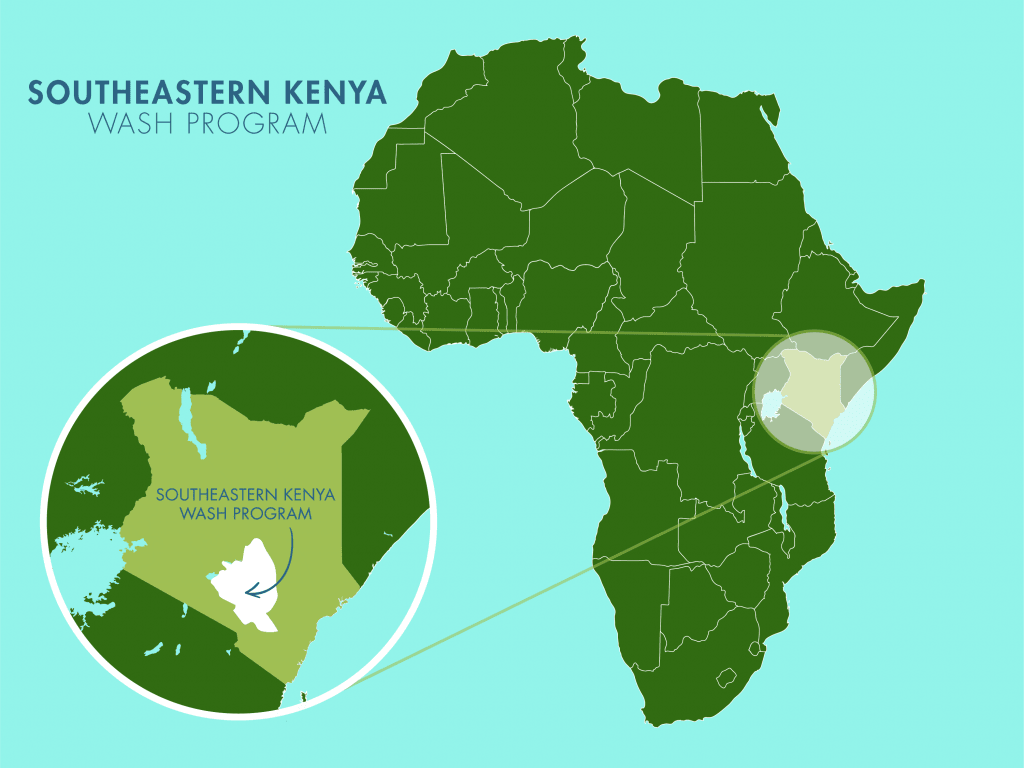
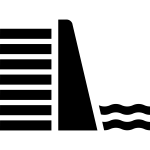 Sand Dam
Sand Dam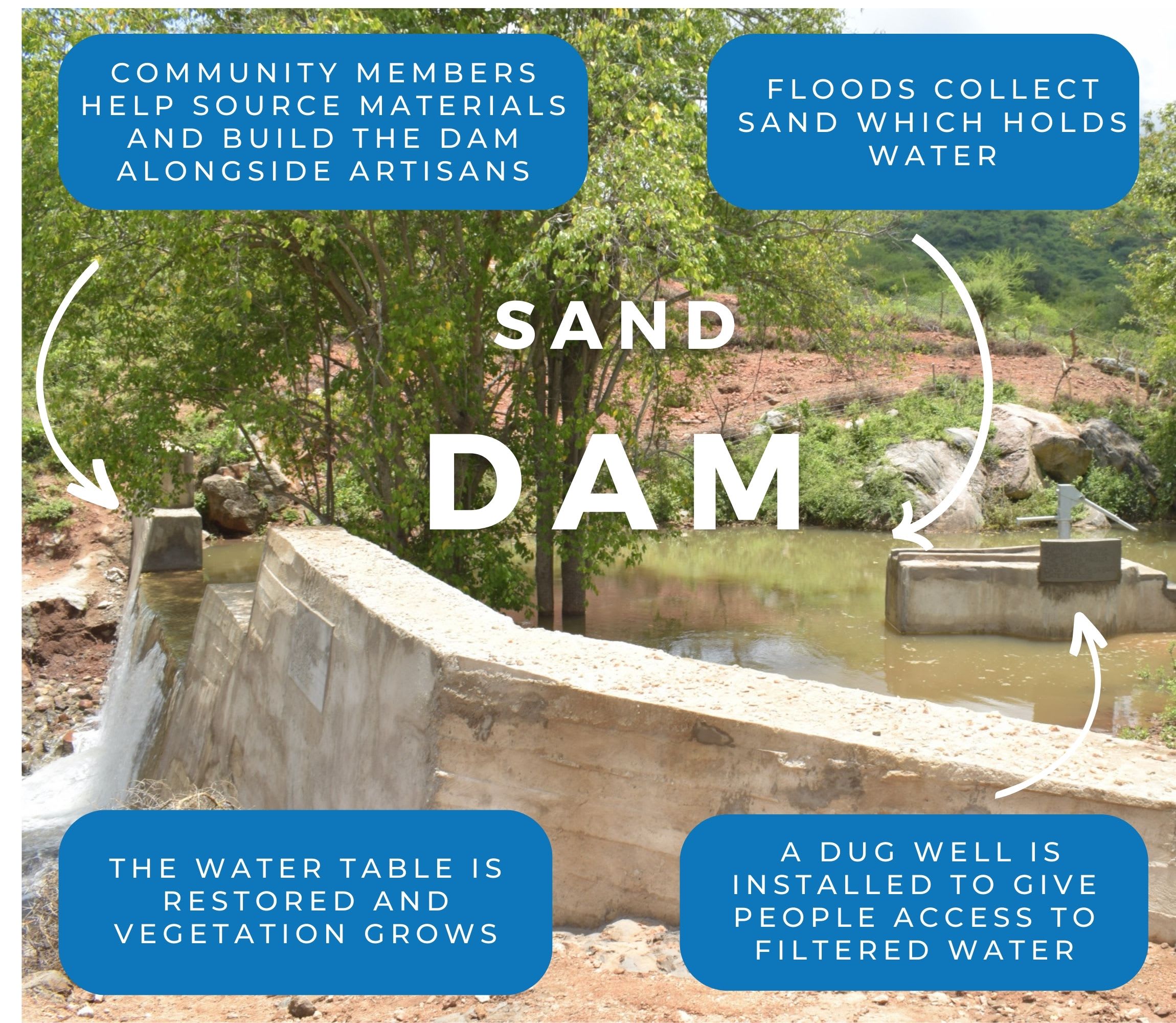
 Rehabilitation Project
Rehabilitation Project
